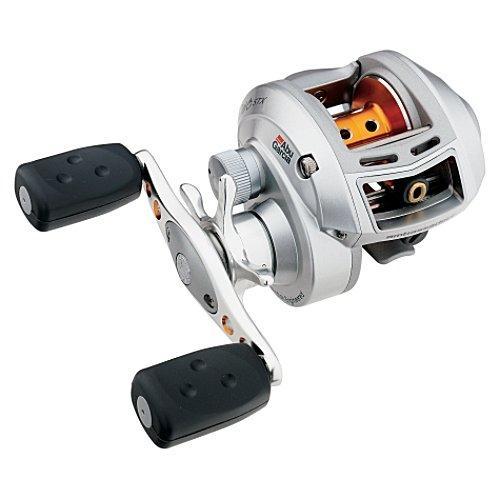Winter is good for several things. Bugs die. Honey do lists are shortened. Anglers get to spend a ton of time surfing the net and tackle gets sorted. Not much good for fishing unless you like to ice fish but its a great time to do inventory and get tackle ready to go. Another thing we like to do is clean up our reels and check our boat equipment.
As with many Wired readers we have way too much stuff. Instead of looking for a specific spinnerbait, we bought more. Instead of building an inventory system with specific baits categorized by type and color, we had boxes of goulash. Worms, beavers, tubes, grubs, and creature baits in Rubbermaid tubs. Some as old as Virgil Ward videos and many beyond repair. Not anymore. They are now inventoried, placed in Plano boxes by type and all are now in the computer. Twenty bags of Zoom Lizards…check. Strike King Sexy Shad cranks….check. Rapala DT6’s…check. Terminal tackle and line….check. All in their proper location on shelving and all in a computerized inventory list by shelf and box. All are labeled with a waterproof label and all are ready. It truly is scary that it’s this neat.
The fall out of all of this is what we call the “Greasy Box”. A Chiquita banana box that is a combination of old plastic, that may be a treasure to some, but to dig through it all you need a pair of rubber gloves and a shop towel. Honey Hole Lizards, Ditto Gatortail worms, Kalin Grubs, Mr. Twister Trailers, Culprit worms still on the pod, and all swimming in their respective goo. Hard to believe that each of these baits were packaged in their own respective secret ingredients and when mixed together are slicker than a pair of penny loafers on an ice skating rink. This treasure trove has seen a lot of sets of hands go through it. All giveaways and hopefully a few big fish will come of it for lucky club members. Once a heap of slimy plastic bags has now dwindled down to a small pile of oily plastic bags.
The past few weekends here at Wired2Fish World Headquarters in Illinois we have used this time to clean reels, listen to tunes and get everything ready for that first spring trip. The cleaning of reels takes preparation and the right tools. A crow bar and a hammer won’t get the job done but on some reels we have definitely thought about using them. Cleaning reels should be an every year deal but like the plastics mess time gets away and “We’ll get to it next year syndrome” happens more than we would like. With a little oil, a little grease, a few shop rags, and a box of Q-Tips you can take an old reel and make it perform like new again. This is also a good time to do reel repair if it is necessary.
Here is how we do it:
- Remove all of the old line. Even the backing. This allows you to clean the entire reel and its not like fighting a nest of jelly fish with the line removed. The backing can be a gnarled mess and can adversely impact the reels performance so it is always good to remove it each year.
- Loosen all drag. If you didn’t do it when you put them away, loosen all of the drags. Drag systems can lock up and a seized drag puts that reel in the “Greasy Box”.
- Start on the outside of the reel first. We use the new Ardent Reel Kleen. A quick shot and the outside, a once over with a Q-Tip and a paper towel and they are ready to be broken down.
- Take the reel apart. We always keep the reel boxes as they will have part lists, oil and a reel wrench in them. We start on the gear side of the reel cleaning each part that we take off as we go. A special white buffing towel holds all of the loose parts as we dismantle. White is very important as it allows old eyes to see parts much easier. Some parts get grease and some oil and our choice for oil is the new Reel Butter by Ardent. Our choice for grease is the Abu Garcia grease. Both are easy to apply and both will not gum up. A thorough cleaning of all parts before oiling/greasing is mandatory. After lubricating we hit all of the parts with Bow to Stern Protectant and put it back together again. The BTS keeps any varmints like microscopic microbes out of the reel and protects it even further. We take a rag and wipe the outer sides of the spool with silicone to keep if spinning freely. We oil the worm gear and the bars the level wind run on as well.
- Wipe it Down Afterwards. After the reel is put back together we wipe the entire reel down again and give it a top coat of BTS wiping the extra off. We then put each reel in a zip-lock sandwich bag and they are ready for the spring. Leave the bag open a bit so any moisture can escape. Each reel is put on the shelf and added to the inventory. Reels that need parts are noted on the bag and parts are ordered from the manufacturer for replacement. They are put on a separate shelf until parts arrive. New parts are placed in the reel and a new zip lock bag is used.
Some of you make think this is way too anal and a hassle but rest assured we have some reels that are over 25 years old and work like the day we got them. A little time in the cold, dank days of winter and spring fishing will be a lot more fun.












